



Lal Bahadur Shastri, India’s second Prime Minister, exemplified simplicity, humility, and nationalism. He championed self-reliance through the White Revolution and Green Revolution, gave the iconic slogan "Jai Jawan, Jai Kisan," and sought peace post the 1965 Indo-Pak war. His dedication to public service continues to inspire generations.

Disclaimer: Copyright infringement not intended.
Lal Bahadur Shastri died on January 11, 1966 in Tashkent, hours after signing the agreement to end the Indo-Pak war of 1965.
Aspect |
Details |
Shastri's Philosophy |
|
|
Belief in Nishkam Karma |
Firm believer in selfless action; worked tirelessly for the upliftment of rural people. |
|
Samanvaya Vada |
Advocated a philosophical middle path amidst conflicting views. |
|
Interest in Literature |
Well-read with a genuine interest in literature. |
Shastri's Journey After Independence |
|
|
Recognition Post Independence |
His contributions recognized by leaders of the national struggle after Independence. |
|
Role in Uttar Pradesh |
Appointed Parliamentary Secretary in Uttar Pradesh. |
|
Later became Home Minister, earning praise for hard work and efficiency. |
|
|
Union Cabinet Portfolios |
Minister for Transport and Communications |
|
Minister for Railways |
|
|
Minister for Commerce and Industry |
|
|
Home Minister |
|
Tashkent Declaration: The Declaration is also known as the Tashkent Agreement, was an agreement signed by the President of Pakistan and the Prime Minister of India, Lal Bahadur Shastri, on 10 January 1966. Shastri died the following day. On September 22, 1965, the UN Security Council successfully negotiated a cease-fire.
It can be said that in today's world, every person emulates the austerity, simplicity, humility, humanism, hard work, dedication and nationalism exhibited by the second Prime Minister of India. It would be fitting to honor him on his birth anniversary by standing up for his beliefs. The country must never forget the achievements of these individuals who paved the way for humanity and moral conduct in public service.
Source:
|
PRACTICE QUESTION Q.Lal Bahadur Shastri's leadership and philosophy were pivotal in shaping post-Independence India. Discuss his contributions to governance, rural development and national integration emphasizing his belief in Nishkam Karma and Samanvaya Vada. (250 words) |
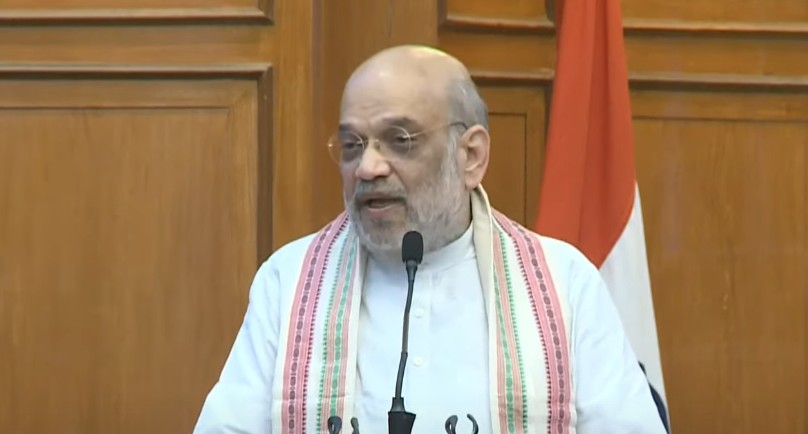

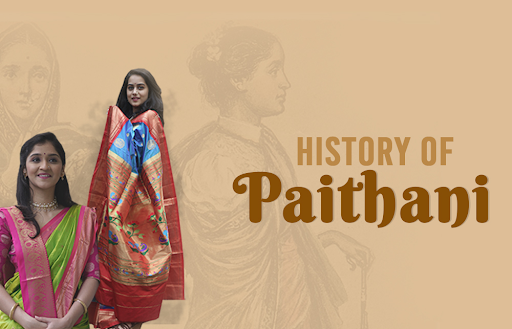
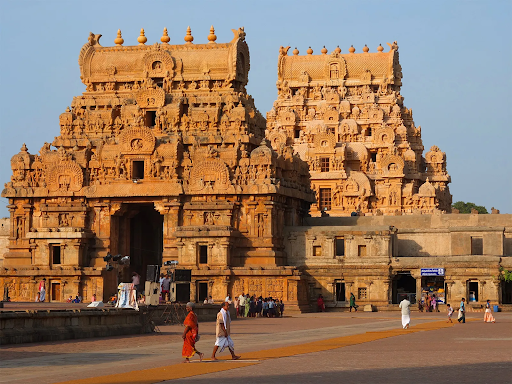

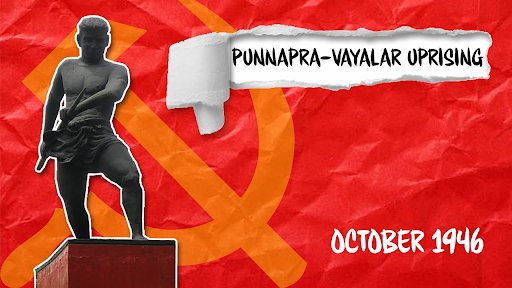
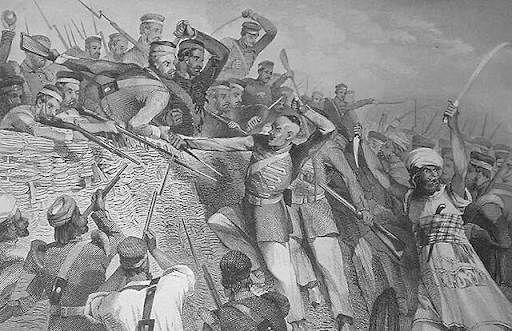
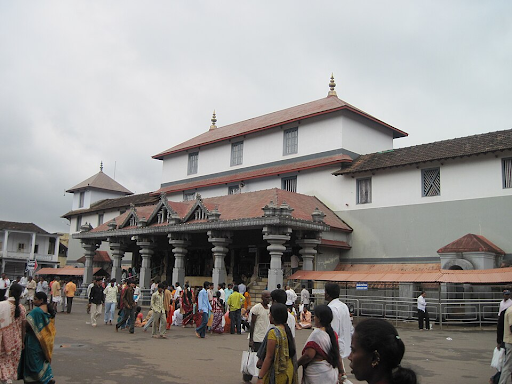

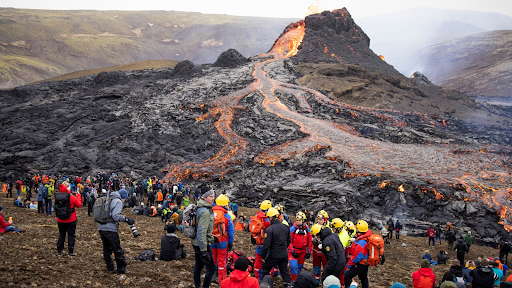

© 2025 iasgyan. All right reserved